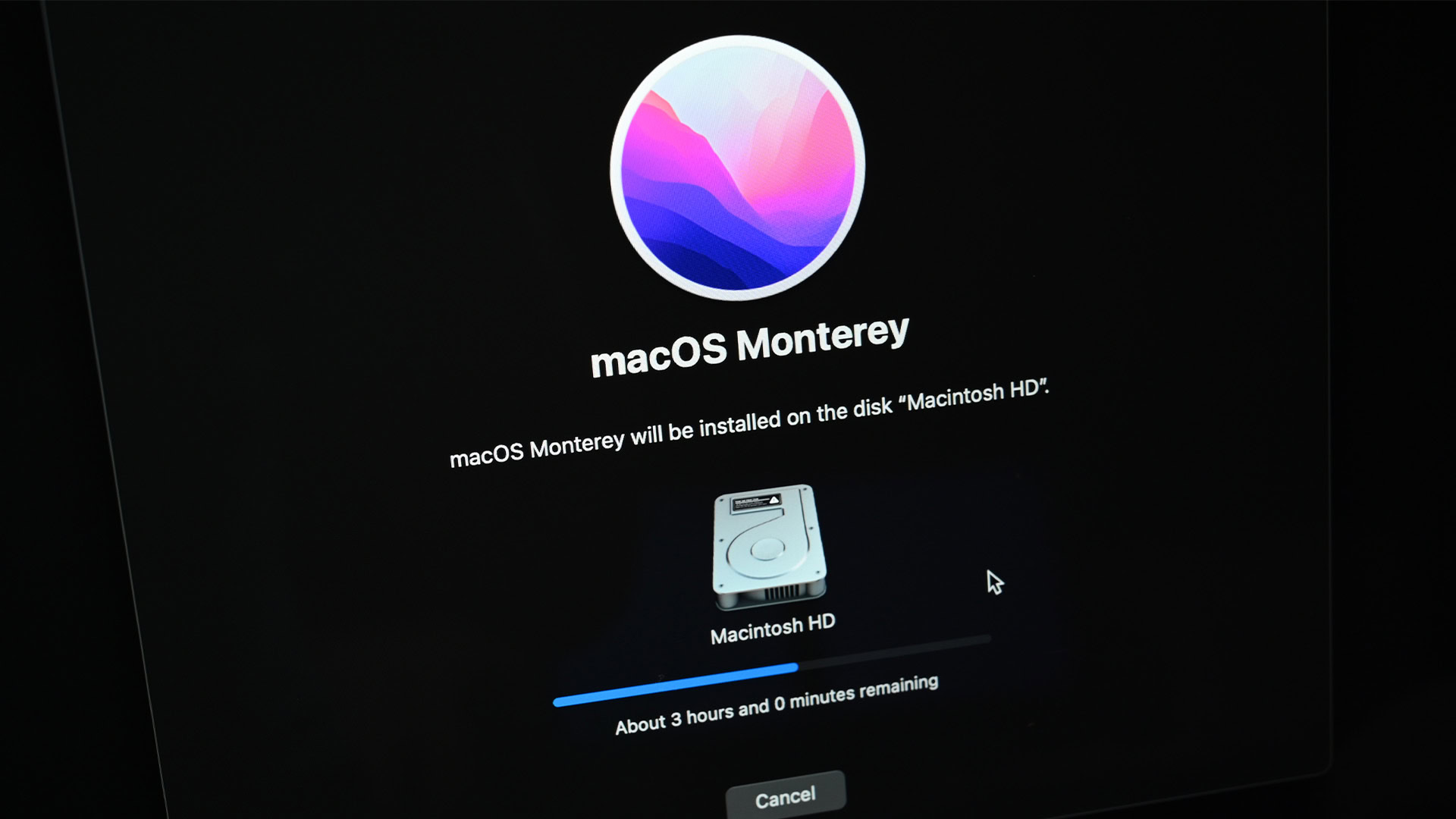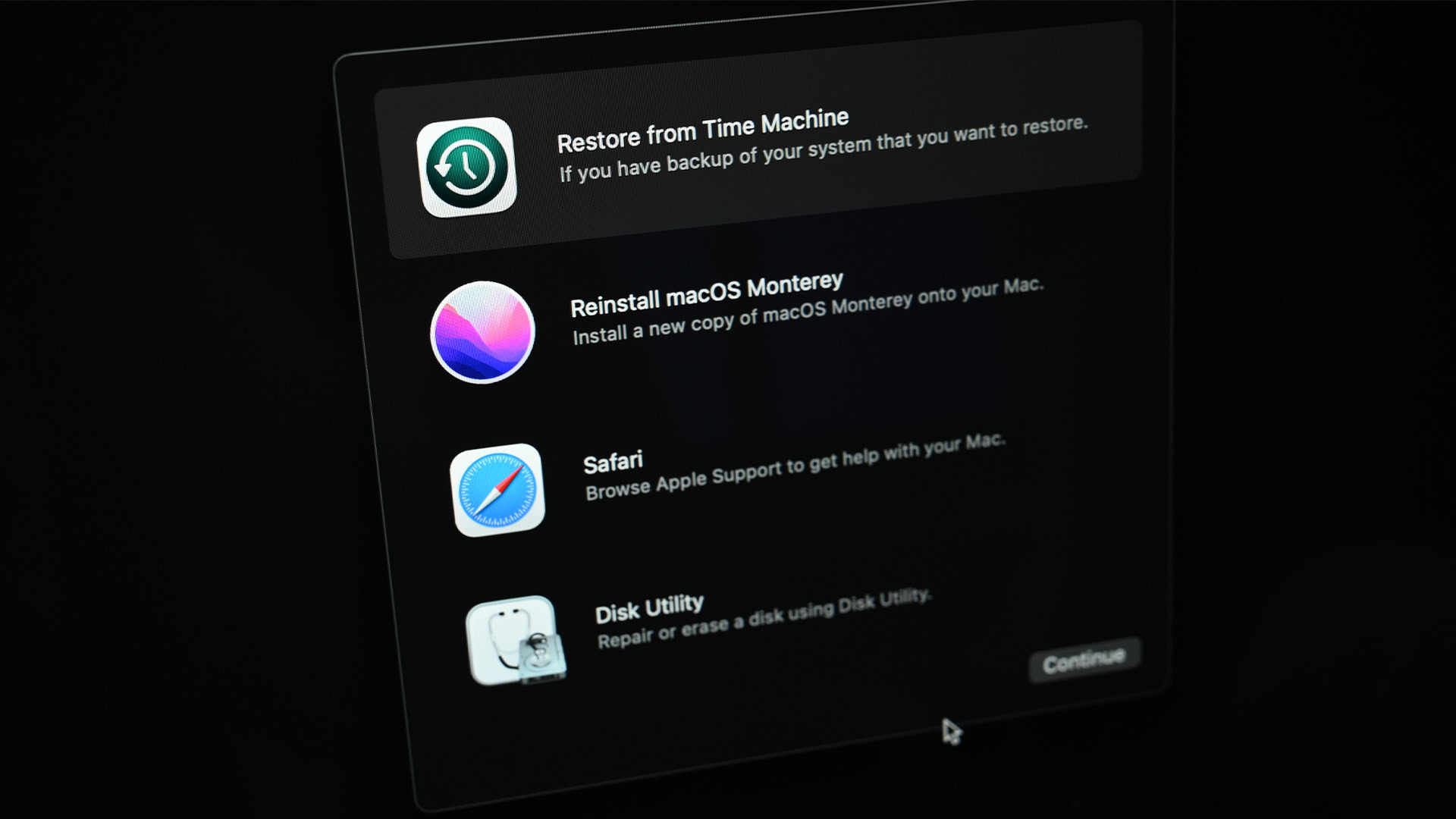Affiliate links on Android Authority may earn us a commission. Learn more.
How to quickly reinstall macOS on any Mac
There are many reasons to reinstall macOS. It can fix any one of several OS errors. Plus, it helps secure your Mac for sale if you need to wipe all of your data. There are a few different ways to do it, and not all require you to wipe your data. Here’s how to reinstall macOS on any Mac.
Please note that you should have a backup of your files before reinstalling macOS. We recommend using Time Machine or other backup software to ensure you don’t lose any files. Even just backing up the important stuff on an external flash drive or hard drive will save you a lot of headaches if something goes wrong.
Related: How to do a full wipe on your Mac
QUICK ANSWER
To reinstall macOS, first boot into macOS Recovery. From there, select the Settings option, enter your password, and select Reinstall macOS. Follow the instructions on the screen, and once done, your Mac will reinstall macOS. Make sure not to close the lid if it's a MacBook or turn the Mac off while it's reinstalling.
JUMP TO KEY SECTIONS
How a macOS reinstallation works

There are a lot of reasons to reinstall your operating system. Luckily, Apple keeps things simple here. In the good old days, users had the option to do a full reinstall where it would wipe your data and start you over from scratch. There was also another option to keep your data and just reinstall the underlying OS. It was useful to solve a lot of issues, and it was pretty quick to do.
Since the option to keep user data was so overwhelmingly popular, Apple has made this the default function when you reinstall your operating system. It shouldn’t erase your personal data if all you do is reinstall macOS. In order to completely factory reset it and delete all of your data, you actually have to perform a two-step process. The first step is deleting all of your personal data, and then the second is reinstalling macOS.
Thus, you should be able to reinstall without wiping your data. However, you are playing with fire here because a lot can go wrong. We still heavily recommend that you backup your files before reinstalling macOS. In fact, you should always have a backup anyway. That’s just a good idea.
How to reinstall macOS on any Mac

The process to reinstall macOS should work more or less the same on any modern Mac. Our MacBook Air uses macOS Monterey, so that’s the process we’re writing below.
- Shut down your Mac.
- Apple silicon Macs — While shut down, press and hold the power button to enter into Recovery Mode.
- Intel silicon Macs — While shut down, turn the Mac on and immediately press and hold Command+R. If that doesn’t work, try Option-Command-R or Option+Shift+Command+R.
- Once in recovery, select Options and then Continue.
- On the next screen, select your profile and hit Next. Enter your password to continue.
- Select Reinstall macOS [your macOS version name here]. We’re using Monterey, so ours read as you see in the screenshot above.
- On the next screen, hit Continue. After that, confirm that you’ve read the terms and conditions and hit Agree. Confirm again that you read the ToS and continue.
- Select your Mac’s main hard drive. It’s usually labeled as Macintosh HD. Hit Unlock and enter your password.
- Warning — The next step starts the installation process. If you wish to turn back, now is your last chance.
- Make sure your hard drive is selected again and hit Continue.
- Wait for macOS to be reinstalled. This could take anywhere from 30 minutes to three hours depending on your machine, your Internet connection, and other factors.
- Pro tip — Make sure you don’t power down your Mac, close the lid on your MacBook, or do any other shenanigans. Leave the machine alone until it’s done.
Once done, you should have a clean macOS install, and all of your user data should be there.
Up next: How to partition and format an external hard drive on Mac
FAQ
No, it shouldn’t. However, we still recommend you backup your data just in case.
That usually only happens on older versions of macOS or if something became corrupted. Apple has a tutorial for creating a bootable installer for macOS here. We recommend going that route.